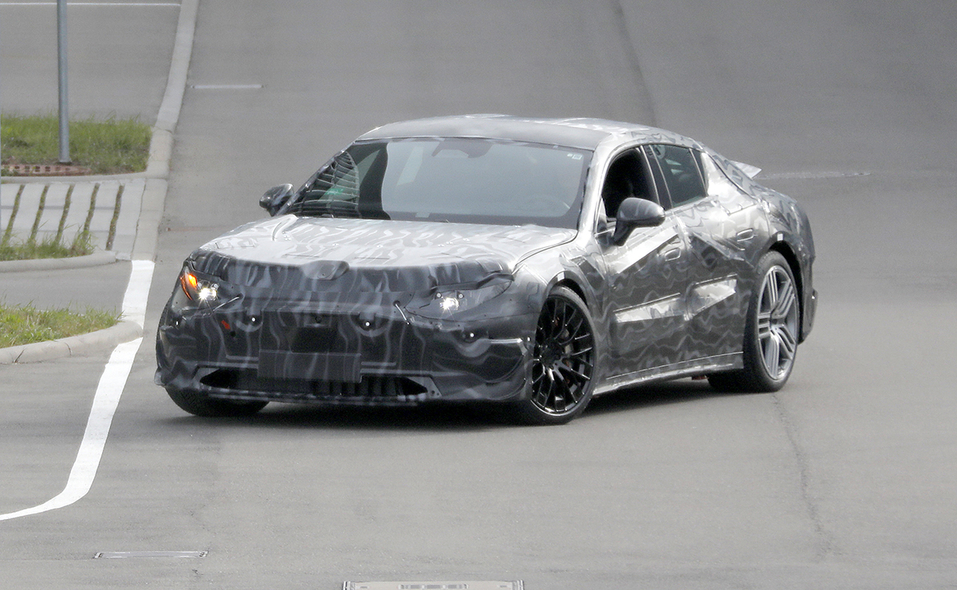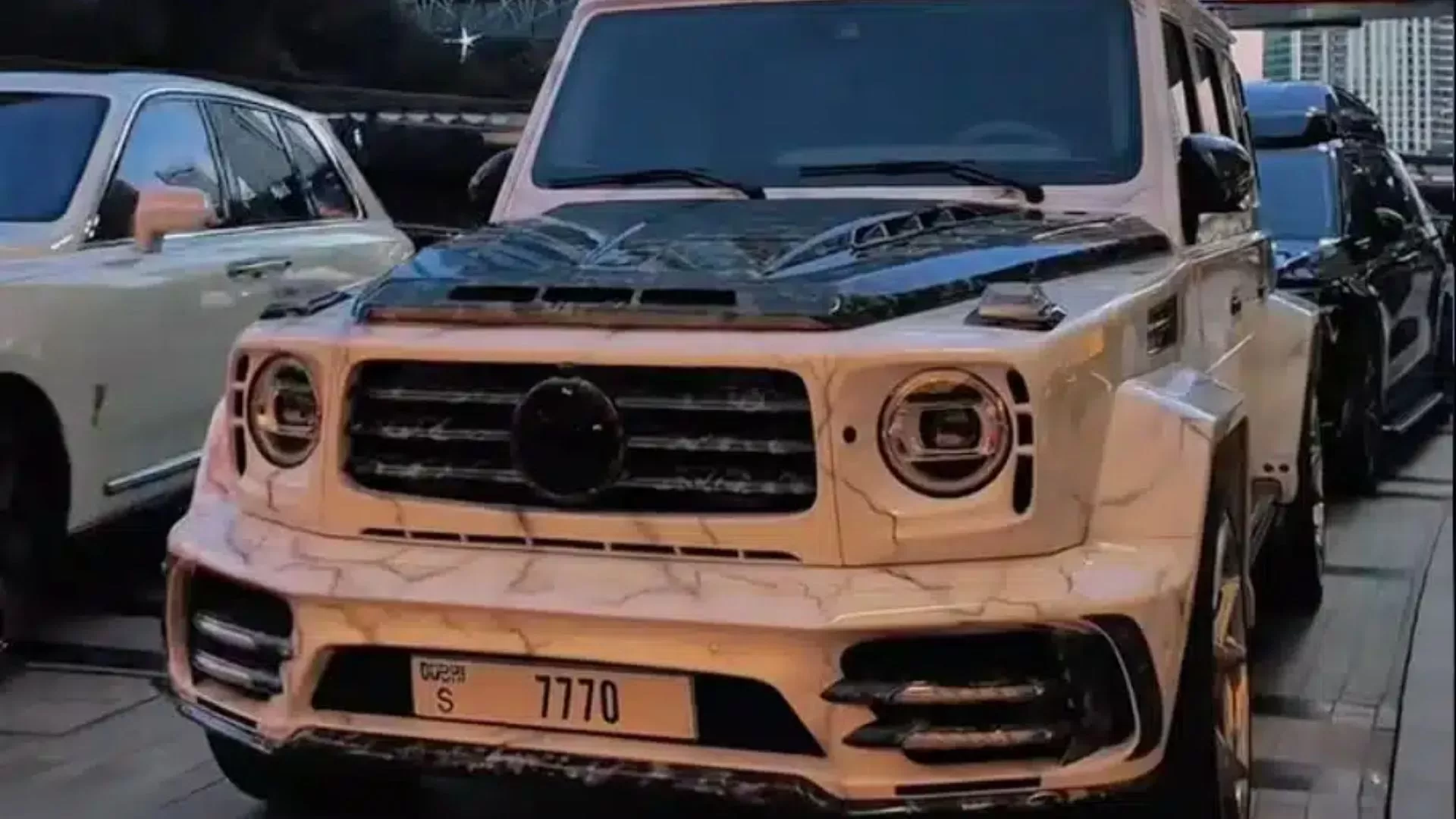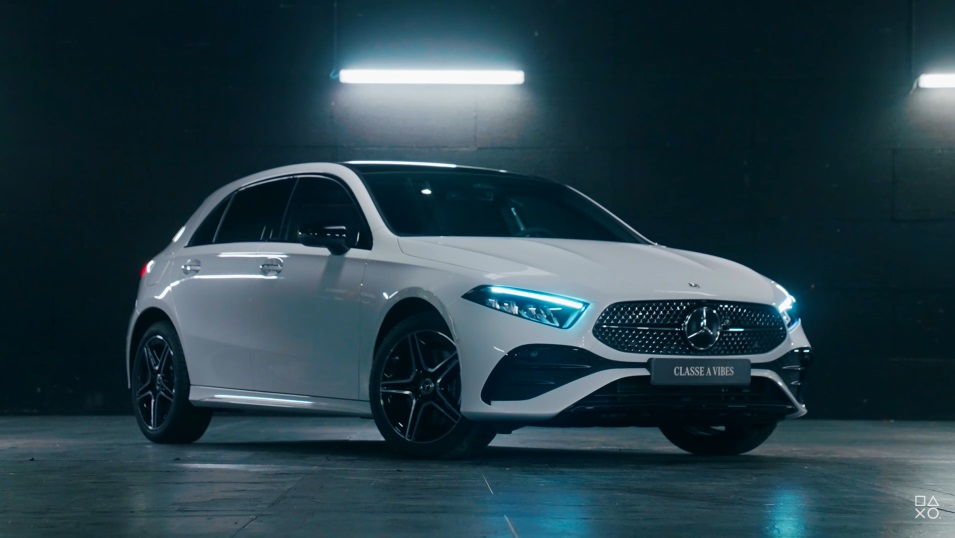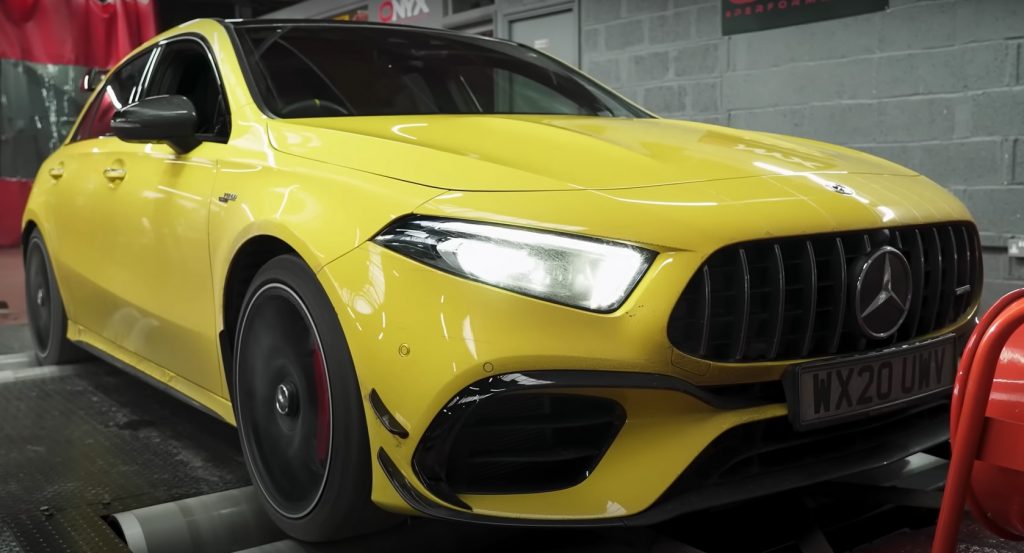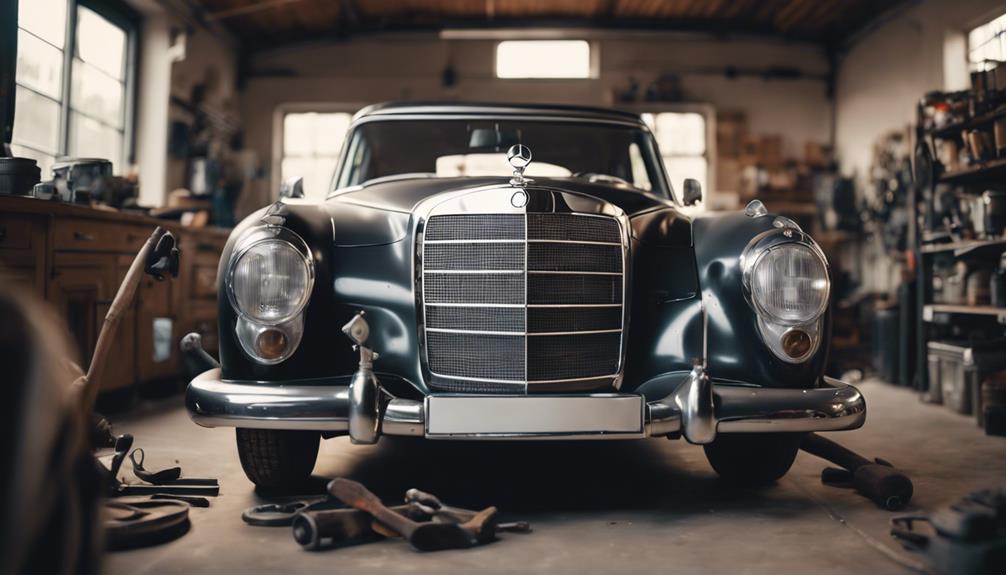
Just like a seasoned sommelier discerns the subtle nuances of a vintage wine, you too can appreciate the fine craftsmanship of a classic Mercedes-Benz.
Each model is a testament to the engineering heritage of the past, a heritage that’s worth preserving.
But what does it take to keep these automotive masterpieces on the road? Where do you start when it comes to maintenance, repairs, and sourcing authentic spare parts?
Let’s journey together into the world of these vintage chariots, where you’ll discover the art of preserving these timeless classics.
Understanding Vintage Mercedes-Benz Models
Diving into the world of vintage Mercedes-Benz models, you’ll quickly realize each car’s unique character and timeless appeal. Each model represents a distinct era of automotive history, reflecting the design trends, technological advancements, and societal shifts of their time.
Take the 1954 Mercedes-Benz 300SL Gullwing, for instance, you’ll see it’s a marvel of post-war design. Its iconic gullwing doors and sleek silhouette are a testament to the aesthetic sensibilities of the 1950s. You’ll also appreciate the mechanical ingenuity present in its direct fuel injection system, a first for production cars.
Or consider the 1970 280SE Cabriolet. With its luxurious interiors and powerful V8 engine, it showcases the brand’s commitment to comfort and performance. It’s not just about the beauty of these cars, it’s also about their spirit. They’re symbols of the past, yes, but they’re so much more. They’re embodiments of human innovation and aspiration.
Significance of Preserving Classic Cars
While appreciating the craftsmanship and history of these vintage Mercedes-Benz models, it’s equally important to understand the significance of preserving these classic cars. It’s not just about holding onto a piece of history, it’s about maintaining a legacy and honoring the traditions of automotive excellence.
Here are a few reasons why preserving classic cars like the vintage Mercedes-Benz is significant:
- Economic Value: Classic cars often appreciate in value over time. It’s not uncommon for these vehicles to become a valuable asset, especially well-preserved models of iconic brands like Mercedes-Benz.
- Historical Importance: Classic cars are mobile museums. They provide a tangible link to our past, showcasing the evolution of automotive technology and design.
- Cultural Significance: Classic cars have been immortalized in film, music, and literature. They’re symbols of certain periods in history and preserving them allows us to keep these cultural narratives alive.
- Personal Sentiment: For many, classic cars hold emotional value. They might be reminders of a loved one, a special time in life, or a childhood dream.
Identifying Common Vintage Mercedes-Benz Issues
Despite the allure of vintage Mercedes-Benz models, it’s crucial to recognize the potential issues that these classic vehicles may face. You may find that age-related wear and tear can cause mechanical problems. This is common in vintage cars, and the Mercedes-Benz is no exception.
One common issue is rust. Check the undercarriage, wheel arches, and door bottoms diligently, as these are susceptible areas. Also, older Mercedes-Benz models often have issues with the fuel injection system, causing poor fuel economy and power loss.
Electrical issues are another common problem. Faulty wiring and fuses can lead to problems with the headlights, tail lights, and blinkers. You’ll also want to inspect the cooling system. Overheating can cause severe engine damage in these classic cars.
Oil leaks are another common issue in vintage Mercedes-Benz models. Look for signs of oil on the ground where the car is parked. And don’t forget about the brakes. Worn-out brake pads or a failing brake system can be dangerous.
Steps to Basic Mercedes-Benz Maintenance
After identifying potential issues with your vintage Mercedes-Benz, you’ll want to establish a regular maintenance routine to ensure its longevity and performance. Maintenance isn’t just about dealing with issues as they arise, but it’s about preventing them in the first place.
Here are four key steps to maintain your vintage Mercedes-Benz:
- Regular Oil Changes: Oil is the lifeblood of your car. Regular changes will keep your engine running smoothly and prolong its life.
- Tire Inspection and Rotation: Regular checks for wear and tear, and rotating your tires, can improve your car’s handling and prevent unexpected issues.
- Checking Fluid Levels: Aside from oil, you’ll want to regularly check and top up your coolant, brake, and transmission fluids.
- Brake Inspection: Regular checks ensure your brakes are in good working order. This is crucial for your safety and the car’s performance.
Dealing With Rust: a Common Problem
So, you’ve taken care of regular maintenance, but what about rust, a common foe of vintage Mercedes-Benz vehicles? You can’t ignore it, because rust can damage your car’s integrity and value.
Rust typically starts where water collects or where the car’s paint has been damaged. It’s crucial to inspect your car thoroughly. Look for bubbles in the paintwork and areas where the paint has chipped off. Don’t forget to check under the car too!
Once you’ve identified rust spots, you’ll need to treat them immediately. Small spots can be dealt with using rust converter and touch-up paint. Larger areas may require professional help. It’s a process that involves removing the rust, treating the area, and then repainting.
Prevention is always better than cure. It’s a good idea to wash your car regularly, especially in winter when roads are salted. Salt speeds up the rusting process. A wax or sealant can provide additional protection.
Engine Troubleshooting for Vintage Models
While keeping rust at bay is crucial, equally important is keeping an eye on the engine of your vintage Mercedes-Benz. Observing the engine’s performance can prevent minor issues from becoming costly repairs. An engine in good shape doesn’t just ensure a smooth drive, it also maintains the vehicle’s value.
For successful engine troubleshooting, you’ll need to understand some common problems and their signs. Pay attention to:
- Unusual noises: If you’re hearing sounds like knocking, ticking, or grinding, it’s likely an engine component isn’t working as it should.
- Excessive smoke: Blue or black smoke from the exhaust indicates possible oil or fuel issues.
- Decreased performance: If your car isn’t accelerating as it used to, the engine could be losing power.
- Warning lights: Don’t ignore these. They’re your car’s way of communicating potential engine problems.
Interior Preservation and Restoration Tips
Diving into the interior of your vintage Mercedes-Benz, preserving and restoring the original details can significantly enhance the vehicle’s charm and value. It’s not just about aesthetics; it’s about maintaining the authenticity that makes your car unique.
Start by cleaning the interior thoroughly. Use gentle, non-abrasive cleaners to avoid damaging the delicate material. Leather seats can dry out over time, so it’s important to condition them regularly. For the dashboard and other wooden parts, use specially formulated wood cleaners and polishes to keep them in top shape.
When it comes to repairs, it’s always better to restore than to replace. If the upholstery is torn, consider having it professionally mended. Meticulous color matching can make the repair almost invisible. Dents and scratches on the wooden parts can often be fixed with a bit of sanding and refinishing.
Finding Authentic Mercedes-Benz Spare Parts
After you’ve tended to the interior, your next challenge in preserving your vintage Mercedes-Benz is finding authentic spare parts. It’s crucial to ensure that the parts you use are genuine to maintain the car’s value and performance.
There are several strategies you can use to find these parts:
- Start by checking out Mercedes-Benz’s own Classic Center. They offer a wide range of parts for vintage models, and you can be sure they’re authentic.
- Look for specialized dealers who focus on vintage Mercedes parts. They’re likely to have a broad selection and can often help you find rare items.
- Consider joining a Mercedes-Benz club or online forum. Fellow enthusiasts can be a wealth of information and may even have parts they’re willing to sell.
- Don’t forget about car shows and swap meets. These events can be gold mines for finding authentic parts.
Working With Professional Vintage Car Restorers
If you’re feeling overwhelmed by the intricacies of vintage Mercedes-Benz preservation, it’s worth considering the expertise of professional vintage car restorers. These professionals have years of experience and specialized knowledge that can prove invaluable in your restoration project.
They understand the nuances of vintage Mercedes-Benz vehicles, from the bodywork to the engine’s intricate components. They’ll know how to source the right parts, how to repair or replace them, and how to maintain the vehicle’s authenticity. Not only that, but they’re also adept at problem-solving. If there’s a hard-to-find part or a particularly tricky issue, they’ll know how to handle it.
Hiring a professional restorer isn’t just about easing your workload—it’s about ensuring your vintage Mercedes-Benz is restored to the best possible condition. They’ll treat your vehicle with respect and care, preserving its heritage while ensuring it’s roadworthy.
Jeep repair in Dubai might seem like a different world, but the same principles of craftsmanship and preservation apply. Whether it’s a classic Mercedes-Benz or a rugged Jeep, maintaining these vehicles is a labor of love.
Conclusion
So, you’ve got a classic Benz gathering dust? Shame on you! But don’t fret, with a bit of elbow grease and this handy guide, you’ll have your old Merc purring like a kitten in no time.
From rust troubles to engine woes, we’ve got you covered.
And remember, nothing screams ‘class’ like a well-maintained vintage Mercedes.
Now, go forth and restore, you classy car tinkerer, you!





